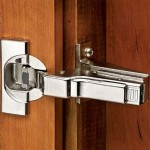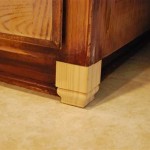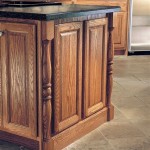Pantry Moths In Kitchen Ceiling: Essential Aspects
Pantry moths, small greyish-brown insects, are common household pests that can infest your kitchen ceiling. Their presence can lead to contaminated food, an unpleasant odor, and potential damage to your kitchen's structural integrity. Understanding the essential aspects of pantry moths is crucial for effective prevention and control.
Identification and Life Cycle
Pantry moths are approximately 12-18 mm long, with a wingspan of 20-30 mm. They have inconspicuous brown or tan bodies and distinctive dark brown or black markings on their wings. Female moths lay small, white eggs in groups of 50-100, often on food sources or cracks and crevices in your kitchen.
The eggs hatch into small, white or yellowish larvae that feed on food products. As they mature, the larvae spin silken cocoons, typically in sheltered areas like corners of your kitchen ceiling. Adult moths emerge from these cocoons, starting the cycle anew.
Causes of Infestation
Pantry moths are attracted to food sources, particularly dry goods like flour, grains, cereals, and dried fruits. Poor food storage practices, such as leaving opened bags or boxes of food, can invite these pests into your kitchen.
Unsealed cracks or gaps in your ceiling can provide entry points for pantry moths. They can also enter through open windows or doors, especially during warm weather.
Prevention Measures
Preventing pantry moth infestations requires a combination of proper food storage and sealing potential entry points. Store dry goods in airtight containers or glass jars. Regularly inspect your pantry for signs of infestation and discard any contaminated food items.
Seal cracks and gaps in your kitchen ceiling using caulk or expanding foam. Install screens on windows and doors to prevent moths from entering from outside.
Control Methods
If pantry moths have already infested your kitchen ceiling, it's essential to take prompt action. Remove and discard all contaminated food sources. Vacuum thoroughly to remove any eggs, larvae, or adult moths.
Place pheromone traps, which attract and trap male moths, in strategic locations. Use mothballs or cedar blocks to repel moths in enclosed areas. Chemical treatments, such as insecticides, may be necessary in severe infestations.
Conclusion
Pantry moths in kitchen ceilings can be a nuisance and a threat to your food supply. Understanding their identification, life cycle, and causes of infestation is crucial for effective prevention. By implementing proper food storage practices, sealing potential entry points, and using appropriate control methods, you can keep pantry moths at bay and maintain a clean and pest-free kitchen.

Moth Larvae On Your Kitchen Ceiling Here S What To Do

Moth Larvae On Your Kitchen Ceiling Here S What To Do

Overcoming A Pantry Moth Pe No Ordinary Homestead
Why Do I Find Moths On The Ceiling At Night Quora

Moth Larvae On Your Kitchen Ceiling Here S What To Do

How To Get Rid Of Pantry Moths In Your House For Good Dengarden

How To Get Rid Of Pantry Moths The Old Farmer S Almanac

The Mystery Behind Maggots On Ceiling

Cowleys Pest Services Pests We Treat Photo Album N Meal Moths Contaminating Cabinets In Port Monmouth Nj

Pantry Moth Life Cycle The Of A
Related Posts








